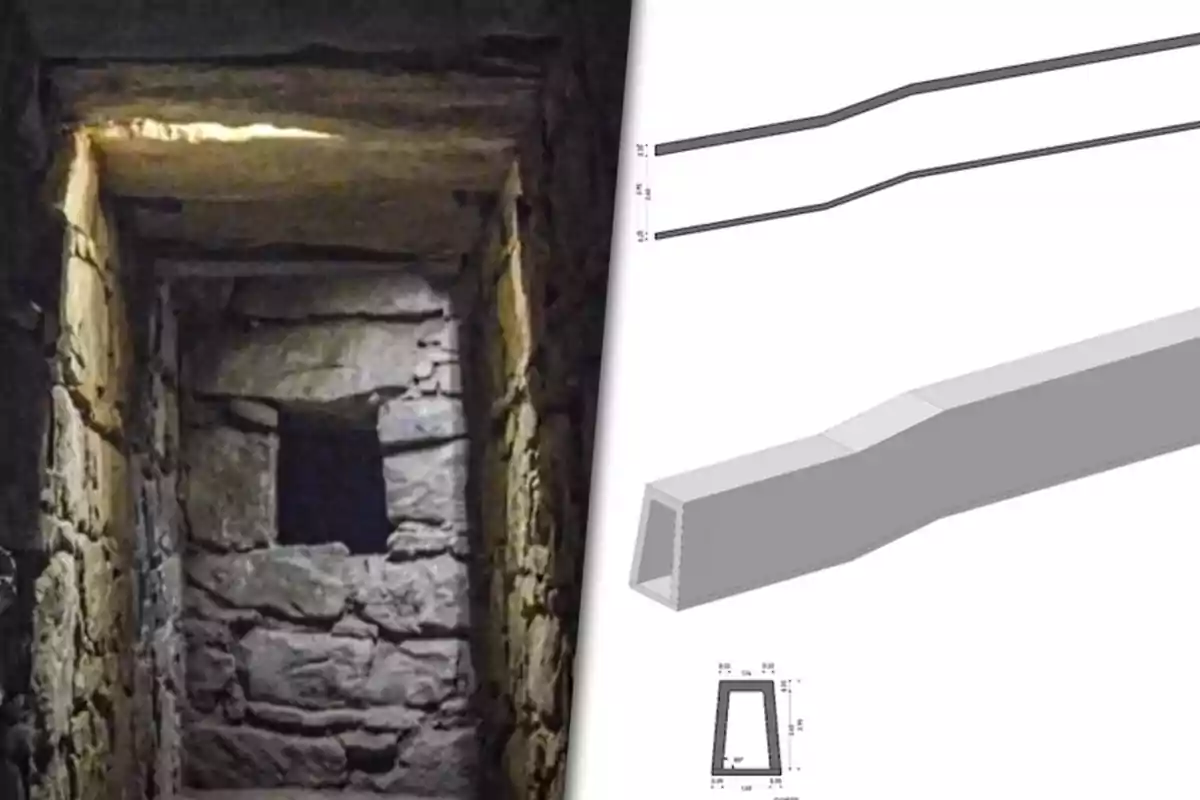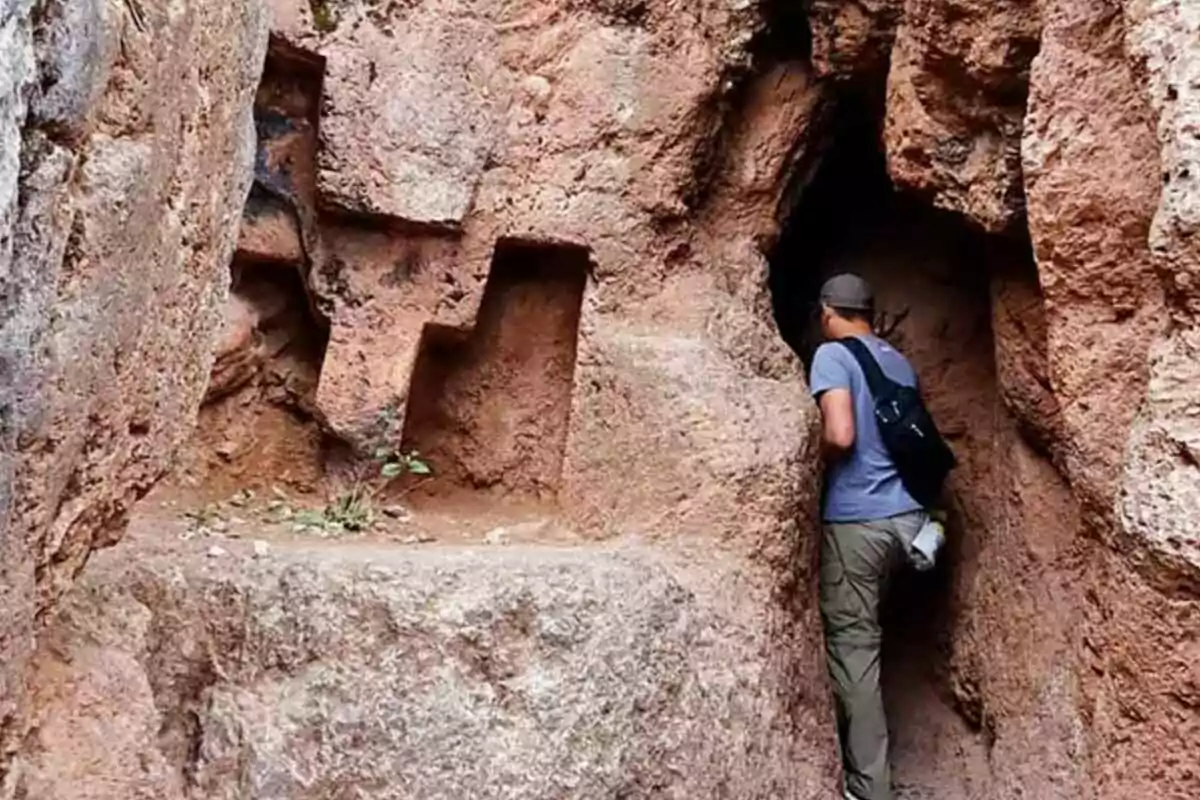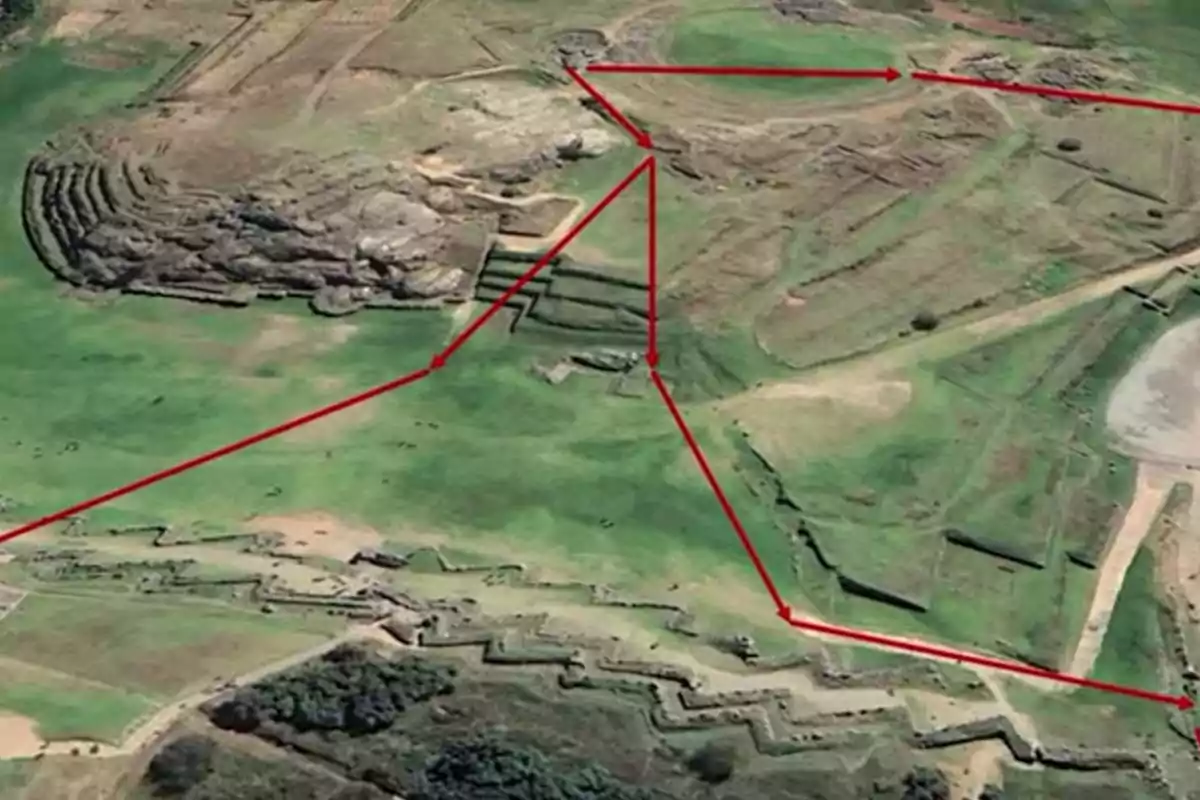
Inca tunnels detected hidden beneath Cusco: this is the network that connected the temples
Ground-penetrating radars and acoustic tests confirmed Inca tunnels connecting Sacsayhuamán and the Coricancha in Cusco
A group of archaeologists managed to detect an ancient network of Inca tunnels running beneath Cusco. This is an engineering work hidden for centuries that connects Sacsayhuamán and the Coricancha.
Thanks to acoustic studies and ground-penetrating radar technology, it was confirmed that the passageways exist and extend for more than 1,700 meters (5,577 feet) beneath the Imperial City.

A hidden connection between Sacsayhuamán and the Temple of the Sun
The network was identified as a chincana, a Quechua word meaning "labyrinth." It starts from the Sacsayhuamán fortress and reaches the Coricancha, now the Convent of Santo Domingo.
Two branches were also found: one toward Muyumarca and another toward Calispuquio, other nearby archaeological sites.
The search began with 17th-century texts
Archaeologists Jorge Calero and Mildred Fernández began the investigation in 1997. They relied on chronicles such as that of the anonymous Jesuit and on the "Comentarios Reales" by Garcilaso de la Vega.

Both texts mentioned "underground streets" built by the Incas. They even spoke of a deep cave that connected key points of the sacred city.
How the existence of the tunnels was confirmed
The team used a simple acoustic method: every 50 cm (19.7 inches), they struck the ground with a metal plate. If it sounded hollow, they marked the spot as a possible tunnel.

They then applied ground-penetrating radar, which confirmed voids between 1.4 and 2.5 meters (4.6 and 8.2 feet) deep. The structure has a trapezoidal shape, typical of Inca architecture.
An engineering work with centuries of history
The tunnels were likely excavated as trenches, then lined with stone walls and roofed with beams. Finally, they were covered to build terraces or roads above them.
According to the data, the underground network was planned to connect ceremonial centers without being seen from the surface.
More posts: